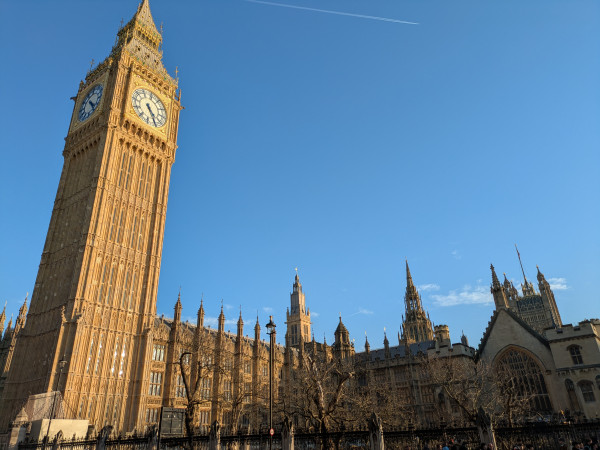
The Ministry of Justice should publish a long-term plan to contain and then reduce the prison population, in order to close the gap between the money allocated and the costs of building, running and maintaining prisons.
This is one of three recommendations we make in our written evidence to the House of Commons Public Accounts Committee. The Committee is currently undertaking an inquiry into government plans and strategy on prison capacity.
In our evidence, we also call for Ministry of Justice to make the methodology it uses to predict the future prison population available to external researchers. This, we argue, would allow for replication and increase understanding of forward pressures on prison capacity and how they might best be managed.
Our third recommendation is that Ministry of Justice allocate a realistic budget to prison maintenance and make it a priority to work through the maintenance backlog as soon as possible.
We can all do the maths
The call to set a realistic maintenance budget comes as the most senior civil servant in the Ministry of Justice, Permanent Secretary Dame Antonia Romeo, admitted to the Public Accounts Committee last Monday that their current budget was inadequate. Asked by Committee Chair, Sir Geoffrey Clifton-Brown MP “whether £200 million a year on maintenance is enough”, she replied:
It is not enough. As HMPPS has revealed, we need £2.8 billion to totally remediate. In the current SR, we were given, specifically, £220 million and £300 million. We can all do the maths. We are going to need a lot more money in the next spending round to begin to make inroads into the maintenance.
The prison capacity perma-crisis
Our evidence highlights the long history of governments running to catch-up when it comes to prison capacity, with plans to expand capacity often falling a long way short. The Prison Estate Transformation Programme, for instance, which ran between 2016 and 2019, only delivered 206 of a planned 10,000 prison places.
Prison-building has also been bedevilled by cost overruns, while essential maintenance budgets have been starved of the necessary resources.
Future prison population levels, we argue, depend on the political and policy choices made by the government of the day and by parliament. In a break from the past, our evidence calls for:
a long-term plan to contain and then reduce the prison population, in order to close the gap between the money allocated and the costs of building, running and maintaining prisons. Such a plan would need to be supported by legislative, spending and policy changes, undertaken on a cross-departmental, and cross-party, basis.
Read our full evidence to the Public Accounts Committee in html or pdf formats, or download it from this page.